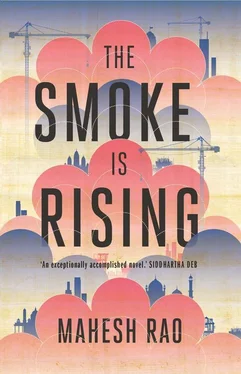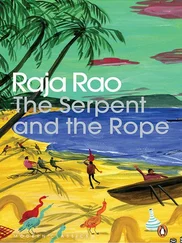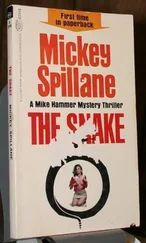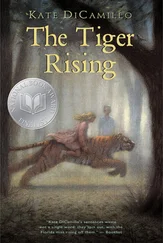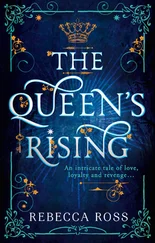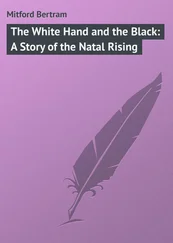Priyanka’s job entailed something incomprehensible in London to do with capital markets. Where once this had been a matter of accomplishment and esteem, Susheela had quickly understood that the current mood was very different. It now seemed that most of the recent global financial scourges could be tracked back to Priyanka and the incumbents of her world. Heads shook slowly at Mysore dinner parties, expressing disgust at the greed and recklessness of these brash, aggressive bankers and the mercenary politicians who had allowed them to gamble away the futures of decent savers from Caracas to Chennai. Susheela’s feelings remained ambivalent. Where once she had quietly skimmed along on the tide of her daughter’s achievements, she now stood tacitly at the shore, facing the other way.
She would be affected as much as anyone else by the tribulations of global finance, a widow with no actively earned income. There was a sum of cash in fixed deposits garnering a comfortable amount of interest: a combination of accumulated savings, the pay-out from the life assurance company and the entitlement received from Sridhar’s provident fund, following twenty-five odd years of service at House of Govind. She owned the house outright and had no debts. Her circumstances had never impelled her to examine closely the small portfolio of shares that she had inherited from Sridhar. From all the talk on the news, she surmised that it was probably worth very little.
There were gifts from Priyanka too: a new television one Diwali; extravagant bouquets and jewellery on her birthday; and two or three times arbitrary cheques for thousands of rupees which Susheela had been embarrassed to accept but too disconcerted to refuse. There was talk now of sinking banks, plunging interest rates and the end of the property boom. Her instinctive response was to look into some belt-tightening options; not easily done, as she did not regard herself as remotely extravagant.
Priyanka had rung off. There was someone at the door and she had to be at her Pilates class in fifteen minutes. Susheela sat by the window, still holding the telephone, looking out at the front lawn. Swirls of pale green, brown and white roiled across the ground, enraged at the lack of water. The mali had left the hosepipe in a great coil in the middle of the lawn, as if to provoke it further. There was a sudden rushing noise, followed by a few beeps. The power had gone again.
She sighed and began to sort through some old envelopes in the magazine rack. The situation was quite different with her younger daughter Prema, who had left Mysore for California on a celebrated scholarship. Her work had eventually led her to a research post involving the application of genomic knowledge to the development of fertility drugs. Prema offered up little about her life. Her telephone calls were more irregular, her emails hardly worth mentioning. Her life seemed to revolve around the lab and weekend rock-climbing trips. Even so, Susheela felt an implicit candour there that seemed to be missing in those lengthy conversations with Priyanka. The call from Prema could last five minutes or half an hour, but Susheela remained a participant. They talked about the most useful exercises for lower back pain, Obama’s sparkling speeches or the easiest way to get an intense smoky flavour in a baingan bhartha . Beyond these moments, Susheela knew that it would be advisable not to probe further. Prema was like a piece of parchment that revealed certain limited truths but which, if inspected too closely, would crumble into a fine dust.

Mala slowed down as she approached the busy junction, easing the scooter to one side. She had been living in Mysore for over two years but some of the routes still confused her with their sudden one-way systems and riots of side roads. City officials had helpfully provided a profusion of signs and arrows at this circle, but they all seemed to look skywards in despair. Matters were not improved by the proprietors of Sheethal Talkies, who had covered up a number of signposts with posters for their morning feature, Desires of the Night , a work chronicling the renaissance of a girl who moved to a large city from an inconsequential town. It was unlikely that Mala would ever have the opportunity to compare experiences with the film’s central character but there were one or two similarities.
Mala had grown up in Konnapur, a three-road town choking in its own dust. It was famed for its Eeshwara temple, a Hoysala masterpiece that today sat among ramshackle lean-tos housing doleful purveyors of pooja items. Little hummocks of vermillion and turmeric rose amid baskets of chrysanthemums, jasmine and marigolds. Coconuts were piled into bushels under unsteady wooden tables. Framed photos of Shiva and Ganesh stood propped up next to brass plates containing twists of sandalwood paste, incense sticks, lozenges of camphor and glistening fans of betel leaves. A little further, at a slightly more respectful distance, a selection of beedi and paan shops nudged the periphery of the temple complex.
The temple was the town’s spiritual and economic hub, providing focus for most of its devotees, traders, handlers, speculators, brokers, priests, academics, itinerants, beggars and charlatans. Mala’s father, Babu, had paid his dues as a secondary school teacher, poet, real estate broker and areca nut dealer before ending up as a tour-guide-cum-travel agent. His business cards confirmed that he was a ‘History and Heritage Specialist’, thereby adding a scholarly sheen to his entrepreneurial activities. Dressed in oversized dazzling white shirts and pleated navy trousers, Babu would tell tourists that he chose not to tie himself down with premises and staff, preferring instead to meet his potential clients in the hallowed domain of the temple courtyard. In his professional ministrations he was finely attuned to the fascinations and appetites of his clientele.
‘Welcome, welcome to Konnapur’s magnificent treasure,’ he would say expansively, as if personally responsible for the temple’s architecture.
‘I can see that you have come here looking for something very special, and I don’t mind telling you, beyond any doubt, you will find it.’
For teenaged gap-year drifters he spun salacious accounts involving multiple gods, endowing the mace, the trident and the conch with an unparalleled lewdness. To salvation-seeking freethinkers Babu elaborated on the transcendence of the self required to discover the eternal identity and, naturally, highlighted Konnapur’s key role in various Vedic milestones. For wealthy North Indian dowagers he played up the Konnapur deity’s impressive record in reversing astrological ill omens, granting male grandchildren and bestowing longevity.
The truth was that while Babu tried to turn his natural resourcefulness and broad knowledge to some personal gain, his love for Konnapur and the Eeshwara temple was profound and enduring. Much of his childhood had been spent loitering around the shrine vestibule, sheltering behind the carved balustrades and watching swallows take off from the moulded lintels. There was little competition among Konnapur’s open sewers and garbage-strewn alleys. Babu’s investment in the temple, and his certain knowledge that destiny had no greater plans for him elsewhere, kept him rooted to the centre of Konnapur. If his embellishments of the temple’s historical and architectural significance resulted in some modest additional income for him, what was the harm?
At the age of twenty-three, Babu’s prospects had been scrupulously appraised by older family members as a precursor to marriage negotiations. Of course, as the saying went, parents would adore their child even if it were a bandicoot, but such subjective regard had to be put firmly to one side in the important business of nuptial assessments. Fortunately Babu’s parents had never had to avail themselves of such undiscerning devotion, nor later face any harsh realities. Babu was tall and broad-shouldered, with an open, confident face that invited further analysis. As a man, however, his looks were hardly of the greatest significance.
Читать дальше
